Civil War on the Horizon? The Ashkenazi-Sephardic Conflict and Israel’s Future
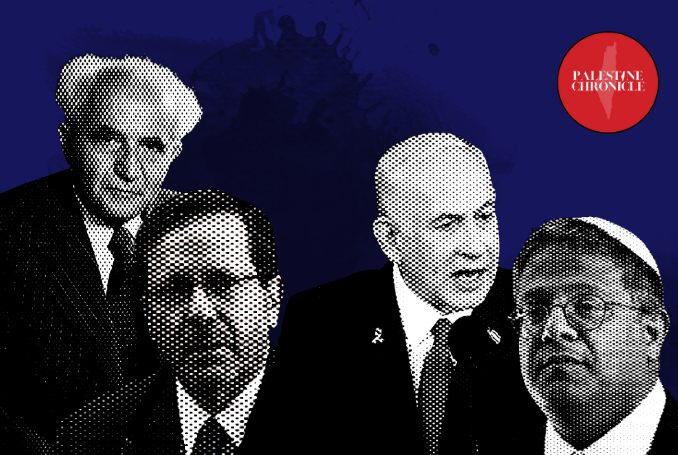
The phrase "civil war" is one of the most dominant terms used by Israeli politicians today. (Design: Palestine Chronicle)
By Ramzy Baroud
The phrase “civil war” is one of the most dominant terms used by Israeli politicians today. What began as a mere warning from Israeli President Isaac Herzog is now an accepted possibility for much of Israel’s mainstream political society.
“(Israeli Prime Minister Benjamin) Netanyahu is ready to sacrifice everything for his survival, and we are closer to a civil war than people realize,” former Israeli Prime Minister Ehud Olmert stated in an interview with The New York Times on March 24.
The assumption is that the feared civil war reflects the political polarization in Israel: two groups divided by strong views on war, the role of government, the judiciary, budget allocations, and other issues.
However, this assumption is not entirely accurate. Nations can be divided along political lines, but mass protests and security crackdowns do not necessarily indicate that a civil war is imminent.
In Israel’s case, however, references to civil war stem from its historical context and social-ethnic makeup.
An important but largely concealed CIA report, titled “Israel: The Sephardi-Ashkenazi Confrontation and Its Implications” is almost prophetic in its ability to detail future scenarios for a country with deep socio-economic and, therefore, political divisions.
The report was prepared in 1982, but was only released in 2007. It followed the 1981 elections, when the Likud Party, led by Menachem Begin, won 48 seats in the Knesset, and Labor’s Shimon Peres won 47 seats.
Ashkenazi (Western) Jews had, for decades, dominated all aspects of power in Israel. This dominance makes sense: Zionism was essentially a Western ideology, and all elements of the state—military (Haganah), parliamentary (Knesset), colonial (Jewish Agency) and economic (Histadrut)—were largely composed of Western European Jewish classes.
Sephardi and Mizrahi Jews, descendants of Arab Middle Eastern backgrounds, arrived in Israel mostly after its establishment on the ruins of historic Palestine. By then, the Ashkenazis had already established dominance, controlling Israeli political and economic institutions, speaking the predominant languages, and making major decisions.
Begin’s election victory in 1977, and again in 1981, was a hard and arduous battle against Ashkenazi dominance. The Likud, a coalition of several right-wing factions, was established four years earlier. Through appealing to and manipulating the grievances of fringe ideological and ethnic groups, Likud managed to remove the Ashkenazi-dominated Labor Party from power.
The 1981 elections were Labor’s desperate attempt to regain power, thus class dominance. The almost perfect ideological split, however, only highlighted the new rule that would govern Israel for many elections—and decades to come—where Israeli politics became dominated by ethnic orders: East vs. West, religious fanaticism vs. nationalistic extremism, though often masked as ‘liberal’, and the like.
Since then, Israel has either managed or, more accurately, manufactured external crises to cope with internal divisions. For example, the 1982 war on Lebanon helped, at least for a while, to distract from Israel’s shifting social dynamics.
Though Begin and his supporters reshaped Israeli politics, the deep-rooted dominance of Ashkenazi-led institutions allowed Western liberals to continue their control over the army, the police, the Shin Bet, and most other sectors. The Sephardic political resurgence mainly focused on populating Israel’s illegal settlements in the occupied territories and increasing privileges and funding for religious institutions.
It took nearly two decades after Begin’s 1977 victory for the Sephardic constituency to expand its power and establish dominance over key military and political institutions.
Netanyahu’s 1996 coalition marked the beginning of his rise as Israel’s longest-serving prime minister and the start of coalition-building with Sephardic and Mizrahi alliances.
To maintain that newfound power, the political core of Likud had to change, as Sephardic and Mizrahi representation increased exponentially within Israel’s now dominant party.
Though it is accurate to argue that Netanyahu has managed Israeli politics ever since by manipulating the grievances of disadvantaged socio-economic, religious, and ethnic groups, the fundamental change in Israel, predicted correctly in the CIA document, was likely to happen, based on the country’s own dynamics.
Netanyahu and his allies accelerated Israel’s transformation. To permanently marginalize Ashkenazi power, they needed to take control of all institutions that had largely been dominated by European Jews, starting with altering the system of checks and balances that had existed in Israel since its inception.
The battle in Israel has preceded the Israeli genocide in Gaza. It largely began when Netanyahu rebelled against the Supreme Court and attempted to fire former Minister of Defense Yoav Gallant in March 2023. Mass protests in Israel that followed highlighted the growing chasm.
The war on Gaza further widened these divisions, with Netanyahu and his allies deflecting all blame and using the October 7 events and the subsequent failed war as an opportunity to eliminate their political rivals.
Once again, they turned their gaze toward the judiciary, reordering the system to ensure Israel, as envisioned by Western Zionists, is transformed into a completely different political order.
Though the Ashkenazis are losing most of their political power, they continue to hold most of their economic cards, which could lead to disruptive strikes and civil disobedience.
For Netanyahu and his supporters, a compromise is not possible because it would only signal the return of the balancing act that started in the early 1980s. For the Ashkenazi power base, submission would mean the end of Israel’s David Ben-Gurion, Chaim Weizmann, and others—essentially, the end of Zionism itself.
With no possible compromise in sight, civil war in Israel becomes a real possibility—and perhaps an imminent one.
– Dr. Ramzy Baroud is a journalist, author and the Editor of The Palestine Chronicle. He is the author of six books. His latest book, co-edited with Ilan Pappé, is ‘Our Vision for Liberation: Engaged Palestinian Leaders and Intellectuals Speak Out’. His other books include ‘My Father was a Freedom Fighter’ and ‘The Last Earth’. Baroud is a Non-resident Senior Research Fellow at the Center for Islam and Global Affairs (CIGA). His website is www.ramzybaroud.net


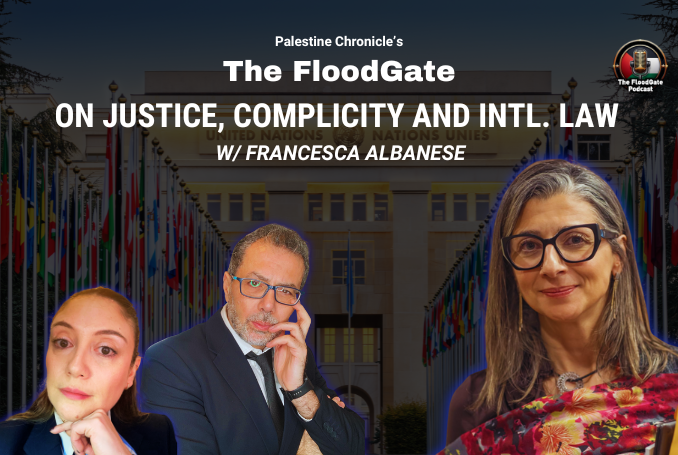





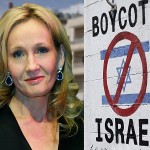


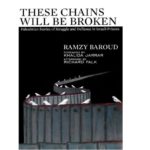

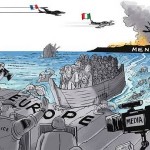

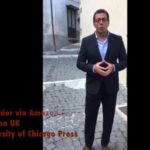




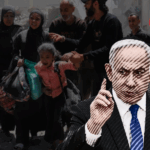

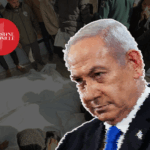
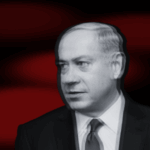

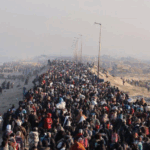

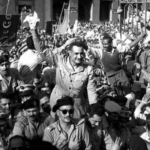
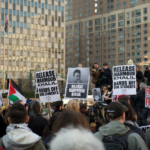

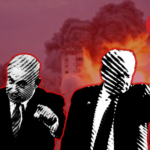

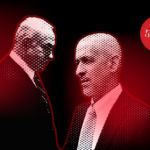

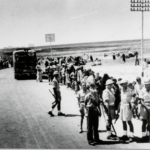





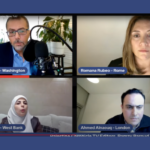
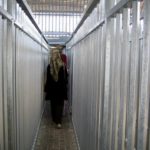
0 Comments